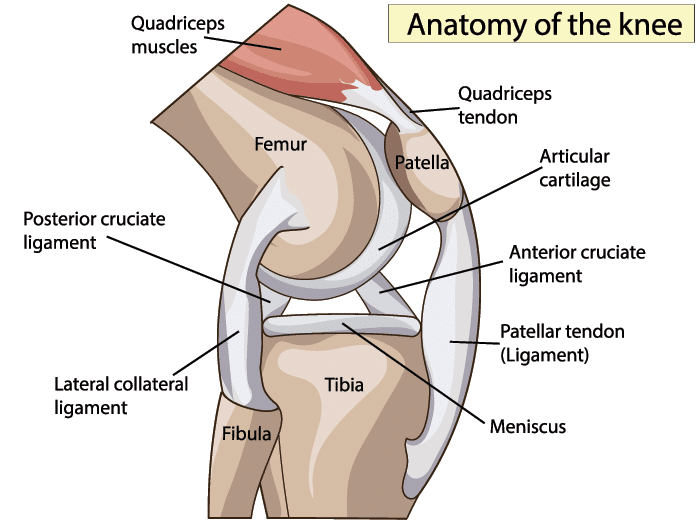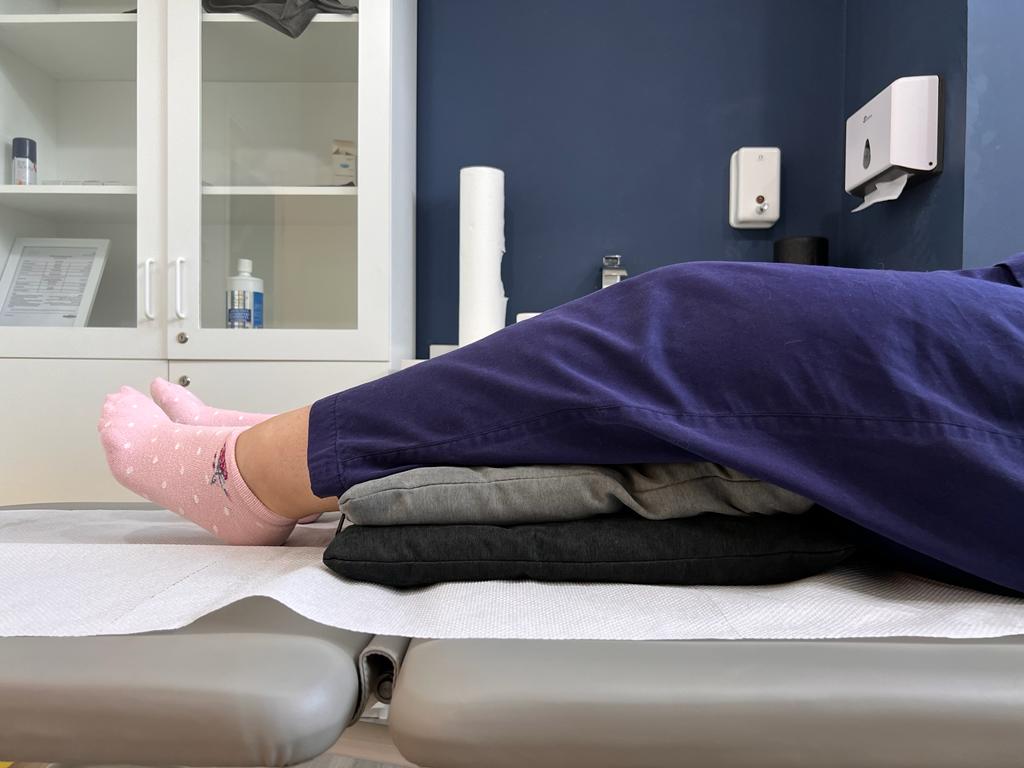
Health Blog | 3 MIN READ
Swollen knee
Dr. Alaa
A swollen knee is a common condition that can be caused by a variety of medical issues. While some causes of the swollen knee are minor and easy to treat, others may require more serious medical intervention. In this blog post, we will explore the various causes of a swollen knee, from age and lifestyle factors to trauma and infection. We'll also look at the different treatments available to help you manage your symptoms and reduce swelling. Finally, we'll discuss how you can prevent swollen knees in the future.
What is swollen knee?
The knee is a complex joint that is made up of the femur (thighbone), tibia (shinbone), and patella (kneecap). The knee joint is held together by a network of ligaments, tendons, and muscles. The knee also has a thin layer of cartilage that covers the bones and acts as a cushion.
There are several reasons why the knee may swell. The most common cause of swelling is due to injury or overuse. When the knee is injured, blood vessels are damaged and release fluid into the tissue. This can cause the area around the injury to become swollen. Overuse injuries occur when the knee is used too much or repetitively. This can cause inflammation in the joint and surrounding tissues. Swelling can also be caused by arthritis, gout, or infection.
If you have swollen knee, it is important to seek medical attention so that the underlying cause can be diagnosed and treated properly. Treatment for swelling will vary depending on the underlying cause but may include rest, ice, compression, elevation, medication, or surgery.
Anatomy of Swollen knee
The knee is a complex joint that is made up of the following parts:

The knee joint is a hinge joint that allows for leg flexion and extension. The muscles that cross this joint are responsible for moving it through its range of motion. Swelling of the knee can occur due to injury or disease affecting any of these structures.
- The femur, or thighbone, is the longest and strongest bone in the body. It articulates with the hip at the hip joint and the tibia at the knee joint. - The tibia, or shinbone, is the second longest bone in the body. It articulates with the femur at the knee joint and the fibula at the ankle joint. - The fibula is a long thin bone that runs parallel to the tibia. It articulates with the tibia at the ankle joint. - The patella, or kneecap, is a small triangular bone that sits in front of the knee joint. It protects the knee joint and helps to increase leverage when extending the leg.
Symptoms and Causes
The most common symptom of a swollen knee is, well, swelling. This can be accompanied by pain, warmth, redness, and/or stiffness. The swelling may come on gradually or suddenly, affecting one knee or both.
There are many possible causes of a swollen knee. Some common ones include:
- Injury : A direct blow to the knee, such as from a fall or car accident, can cause it to swell. - Overuse: Repeated stress on the knee from activities like running or basketball can lead to inflammation and swelling. - Arthritis: This condition causes inflammation in the joints, which can result in swelling of the knees. - Infection: An infection in or around the knee joint can cause the area to swell.

Treatment
If you have a swollen knee, it may feel warm to the touch and look red or bruised. The area around your knee may also be stiff and painful, making it difficult to move your leg. In some cases, your knee may feel weak or “give out” when you put weight on it.
There are many potential causes of a swollen knee, including injury, arthritis, and fluid buildup. If you’re experiencing swelling in one or both knees, it’s important to see a doctor to determine the cause and get appropriate treatment.
There are many reasons why a person's knee might swell. It could be due to an injury, such as a ligament tear or bone fracture. Arthritis is another common cause of knee swelling. Other potential causes include gout, infection, and obesity.
If you have swollen knees, it is important to see a doctor to find out the underlying cause. Treatment will vary depending on the diagnosis. For example, if you have arthritis, your doctor may recommend physical therapy.
Exercises
If you have a swollen knee, there are a few exercises you can do to help reduce the swelling.
One exercise is to lie on your back with your leg up on a pillow. This will help to take the pressure off of your knee.
Ankle pump exercises to reduce the swelling
Another exercise is to sit in a chair and put your feet up on another chair. This will help to reduce the swelling in your knee.
Prevention
There are several things you can do to prevent swollen knee.
– Maintain a healthy weight. Excess weight puts extra strain on your knees. – Wear shoes that fit well and support your feet. Don’t wear high heels or shoes with pointed toes. – Exercise regularly to strengthen the muscles around your knee joint. Try low-impact exercises, such as swimming, gentle biking, and elliptical training. – Stretch your quadriceps and hamstrings muscles daily. Strong thigh muscles help take the pressure off your knees. – Warm up before you exercise and cool down afterward. This helps reduce stress on your joints and muscles. – If you have arthritis, talk to your doctor about ways to manage the condition and protect your joints.


